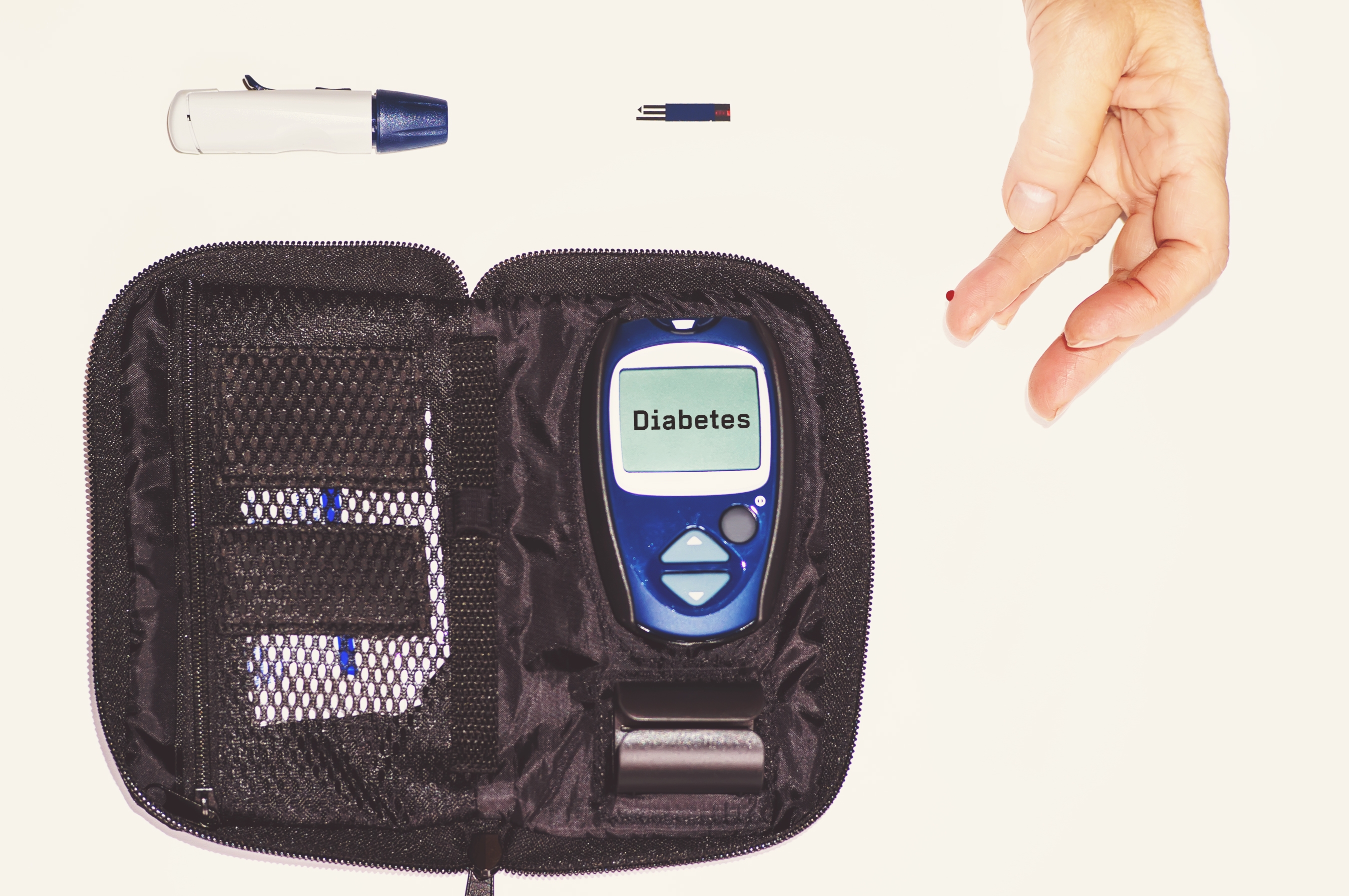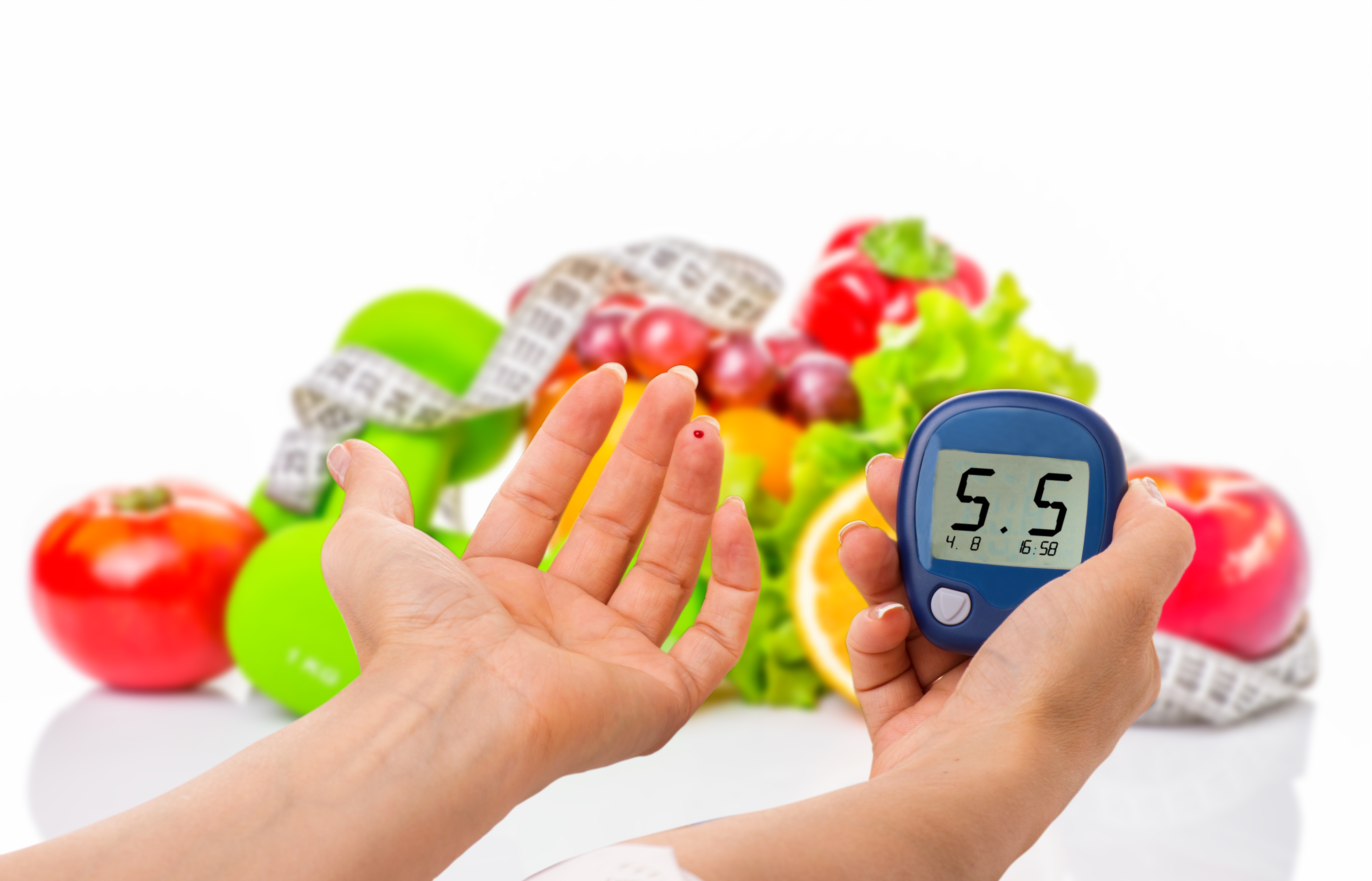
Controlling postprandial blood sugar is a headache for many sugar lovers: eat, the blood sugar is high, hungry, and the blood sugar is low again.
Every day, I am tired of dealing with the blood sugar up and down, and my mood follows up and down. I am really tired.
In order to help everyone control their postprandial blood sugar, Dr. Clove summed up five questions for everyone. After reading this article, everyone will know what is the cause of postprandial blood sugar instability.
First, postprandial blood sugar, postprandial blood sugar reaction is different
Postprandial blood sugar and postprandial blood sugar reaction are different.
Postprandial blood sugar refers to the single blood sugar of sugar lovers at a certain point in time after eating. The postprandial blood glucose reaction is a dynamic change of blood glucose level with time after eating and is a changing curve.
To draw the postprandial blood sugar response curve, it is necessary to measure the blood sugar at least five time points before, half an hour, one hour, one and a half hours and two hours after the meal. The oral glucose tolerance test (OGTT) that everyone goes to the hospital is the postprandial blood sugar response measured.
Severe postprandial blood sugar reaction means that the peak value of this curve is high and the peak time is early, that is, the blood sugar after eating rises fast, rises high and falls fast, which easily causes high blood sugar and the following hypoglycemia.
On the contrary, stable postprandial blood sugar response means that the rise and fall of this curve are very smooth and there is no obvious peak, that is, the blood sugar rises slowly after meals and hyperglycemia and hypoglycemia are not easy to occur.
Second, the treatment of diabetes, don’t let the postprandial blood sugar reaction bad thing
Severe postprandial blood sugar reaction means that blood sugar rises rapidly and sharply, and then the body needs to quickly secrete a large amount of insulin to help reduce blood sugar. This is tantamount to adding to the already fragile sugar metabolism of sugar lovers, which may lead to the situation of [obviously taking medicine/insulin on time, but blood sugar is not well controlled].
Because of the hypoglycemic effect of insulin, the rapidly rising blood sugar will drop sharply after this, which will make the body more prone to hunger and thus consume more food. Therefore, severe postprandial blood sugar reaction is not conducive to weight control.
In addition, if the peak blood glucose exceeds ≥ 10.0 mmol/L, the risk of vascular and nerve injury increases, which is more likely to cause complications such as cardiovascular and cerebrovascular diseases, diabetic nephropathy, diabetic peripheral neuropathy, etc.
Therefore, it is very important for sugar lovers to ensure a stable postprandial blood sugar reaction.

Three, control postprandial blood sugar reaction, the most important thing is [shut up]
A large number of studies have shown that diet is an important factor affecting postprandial blood sugar.
Postprandial blood sugar reaction is severe. Common causes include:
- Improper food collocation, such as eating only staple food and eating too salty; Lack of sleep; Blood lipid control is not good; Belonging to fragile diabetes with difficult blood sugar control, etc.
The main factors that make the postprandial blood sugar response stable are good diet collocation, including:
- Eat some high-quality protein, such as meat, eggs, milk, etc. while eating staple food. Intake appropriate amount of high-quality fatty acids such as bean products, nuts, etc.; Intake sufficient dietary fiber such as fresh vegetables; Drink some water or eat fresh food with high water content when eating.
In other words, balanced diet and healthy life are the most critical factors to ensure the stable blood sugar reaction of sugar lovers after meals.
Four, everyone’s postprandial blood sugar reaction is [different]
Friends often leave messages like this:
Why is it okay for everyone to eat XX, but my blood sugar rises very high as soon as I eat it?
Because everyone’s postprandial blood sugar reaction has its own characteristics and is [different].
There is a very famous study, which recorded in detail the postprandial blood sugar reaction of a group of people and found that even if the same food is ingested, different people will have completely different postprandial blood sugar reactions. What is even more strange is that even if the same person eats the same food at different times, the postprandial blood sugar reaction is different.
Researchers also found that postprandial blood glucose response is mainly related to body state, for example, intestinal flora, blood sugar, blood lipid, blood pressure, liver function, sudden pressure and stress will affect postprandial blood glucose response.
This tells us that everyone’s physical state is different and changes dynamically, so the postprandial blood sugar reaction is so changeable.
Five, reduce postprandial blood sugar reaction, two lead to victory
To reduce postprandial blood glucose reaction, we should pay attention to two points: choose foods with low blood glucose index and adhere to self-blood glucose monitoring.
1. Hypoglycemic index foods can ensure stable postprandial blood sugar to the greatest extent possible.
Although the postprandial blood glucose response is individualized, at present, the glycemic index is still the simplest and most practical indicator for predicting the postprandial blood glucose response, and the diabetic diet based on low glycemic index foods can ensure that the vast majority of sugar lovers can obtain a stable postprandial blood glucose response.
Therefore, the sugar-raising index of food is an indicator that sugar lovers need to pay attention to when arranging recipes.
2. Self blood glucose monitoring can understand one’s individualized postprandial blood glucose response.
When monitoring postprandial blood glucose reaction at home, it is obviously too troublesome to measure the blood glucose level at five time points. We often measure blood glucose 2 hours after meal to roughly estimate postprandial blood glucose reaction.
When monitoring blood sugar 2 hours after meals, timing should be started from the first bite of food, blood sugar for 2 hours should be measured, and the type and quantity of food eaten when hyperglycemia and hypoglycemia occur should be recorded.
For sugar lovers with stable condition and good blood sugar control, on the basis of the self-blood sugar monitoring mode suggested by doctors, self-blood sugar monitoring can be carried out at random once a week after breakfast, after lunch and after dinner.
For sugar friends whose condition is unstable and their blood sugar control is not very good, they should increase the monitoring frequency as appropriate under the guidance of doctors, such as monitoring blood sugar four times a day (fasting in the morning, after breakfast, after lunch and after dinner). When necessary, blood sugar before meals and bedtime can also be measured.
Copyright of Clove Garden. No reprinting is allowed without permission.
Photo Source: Station Cool Hailuo Creative
